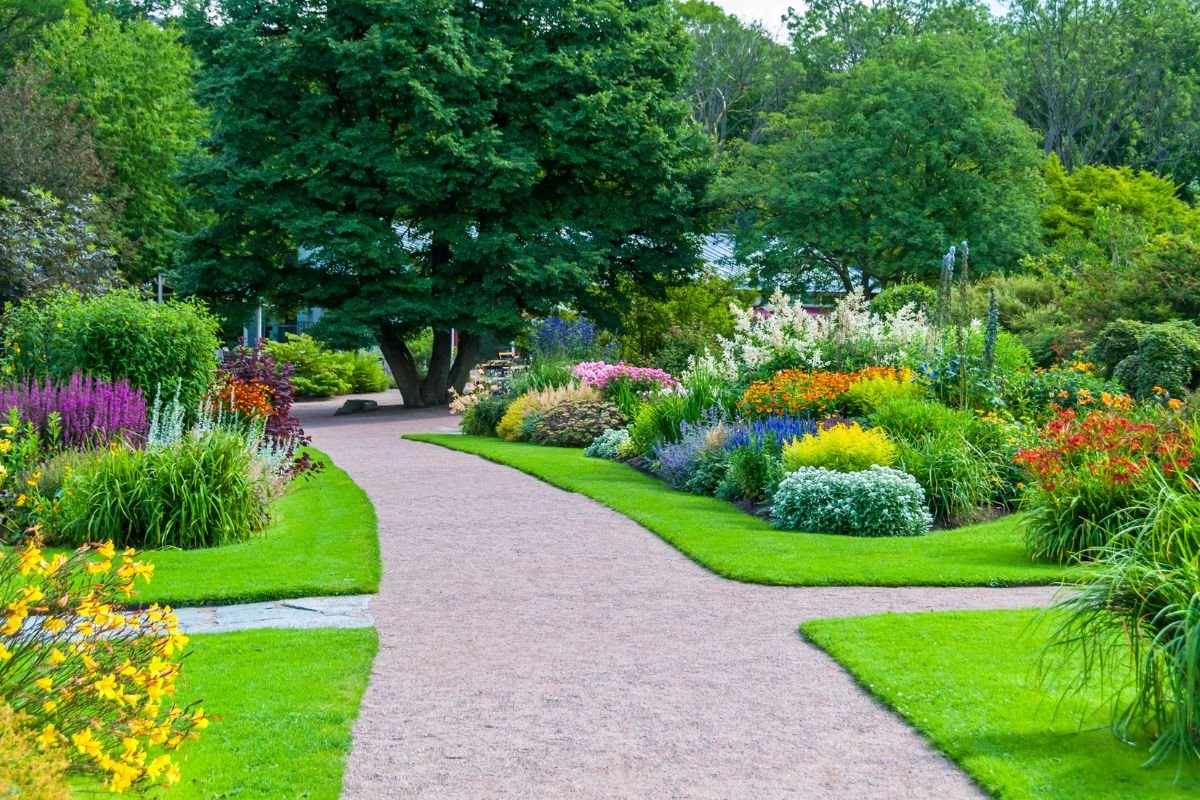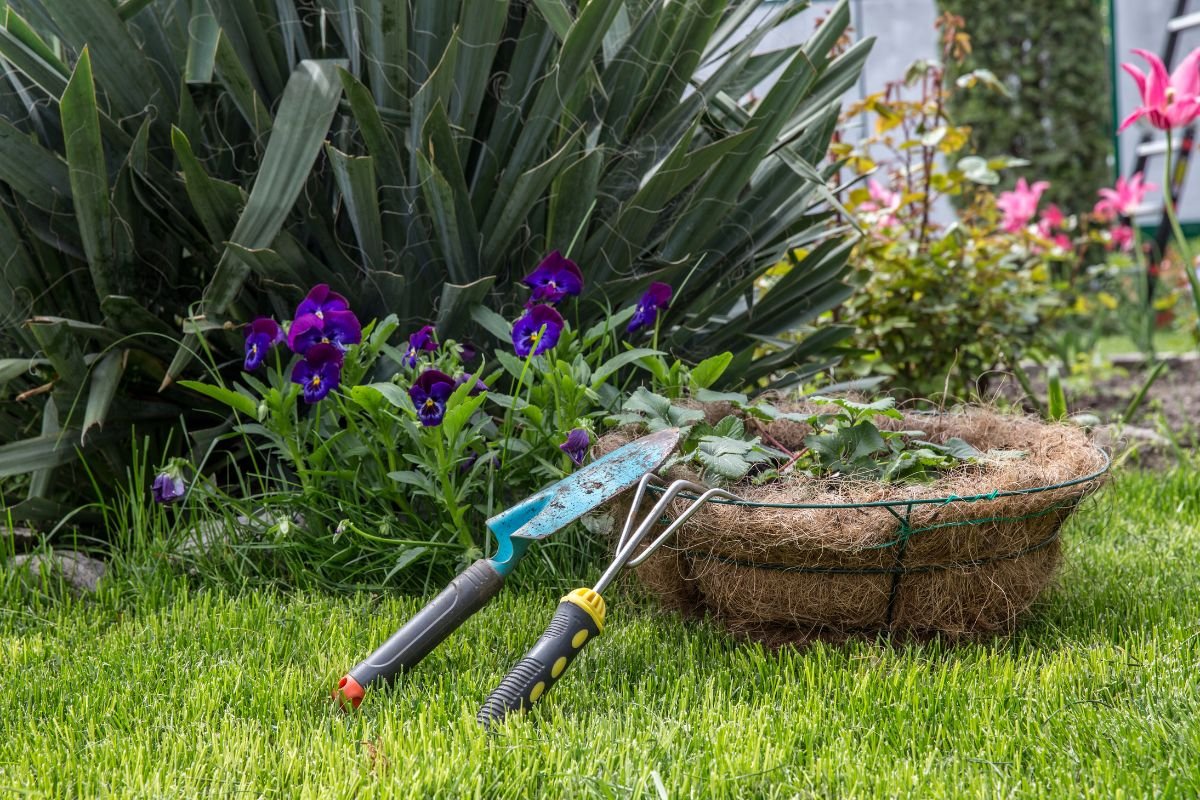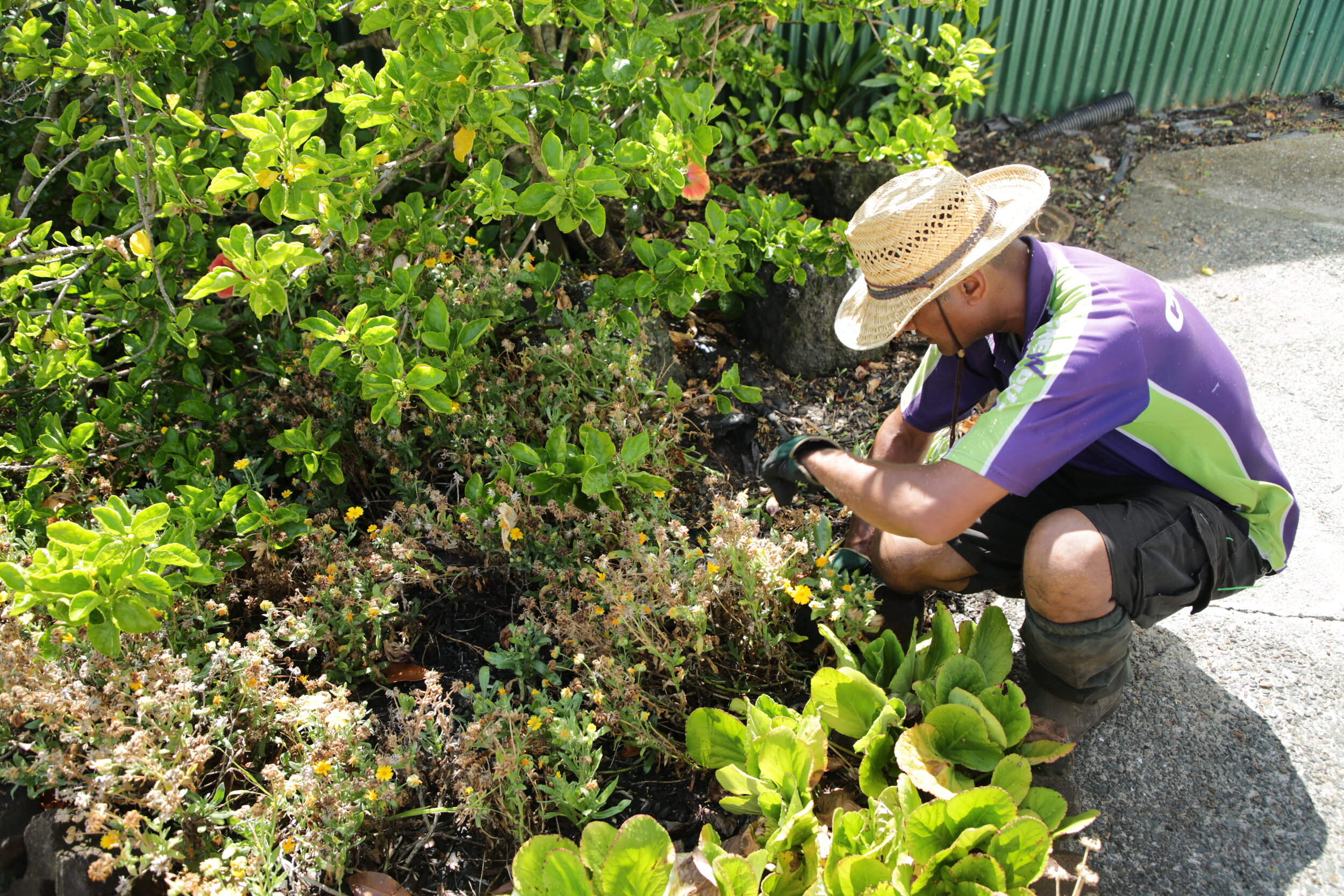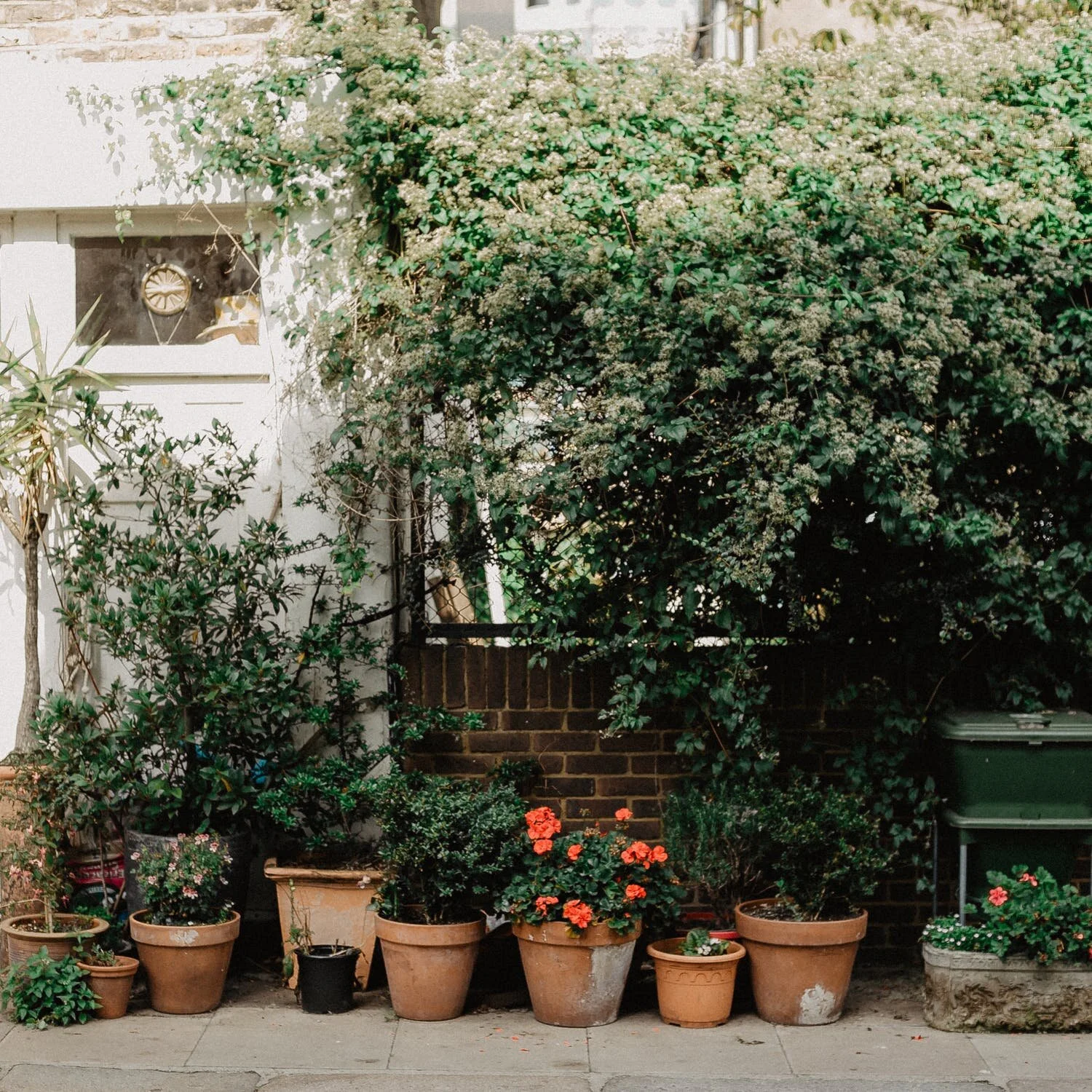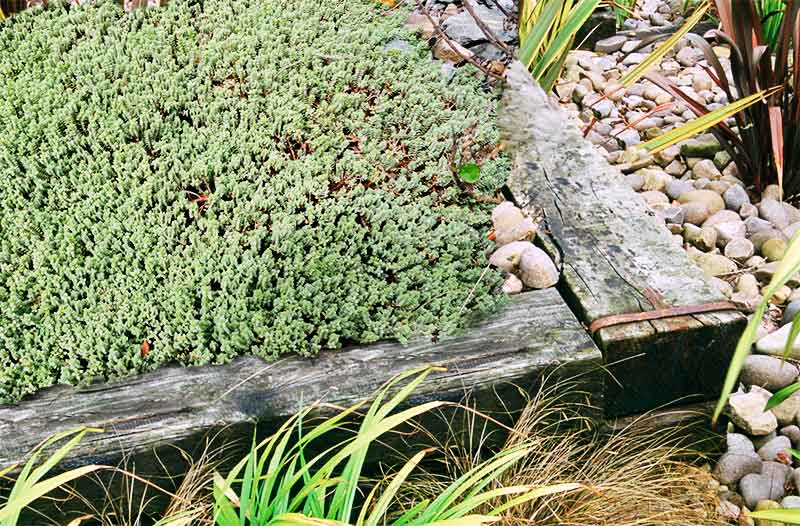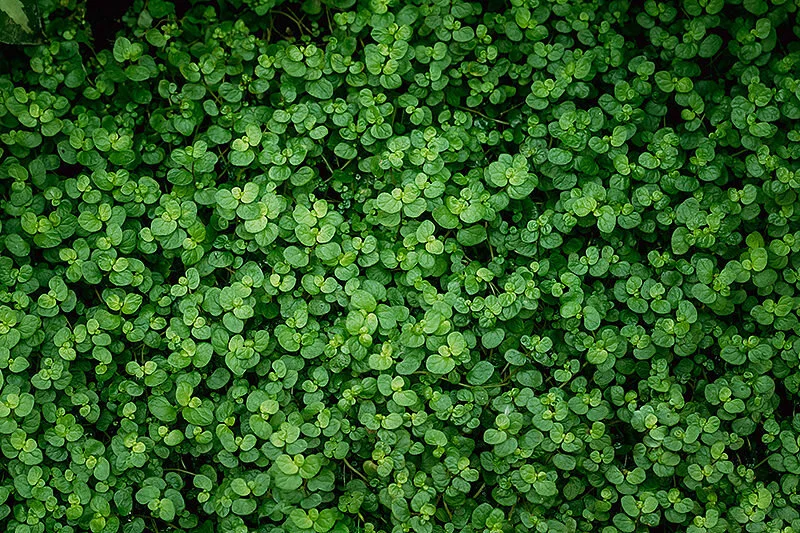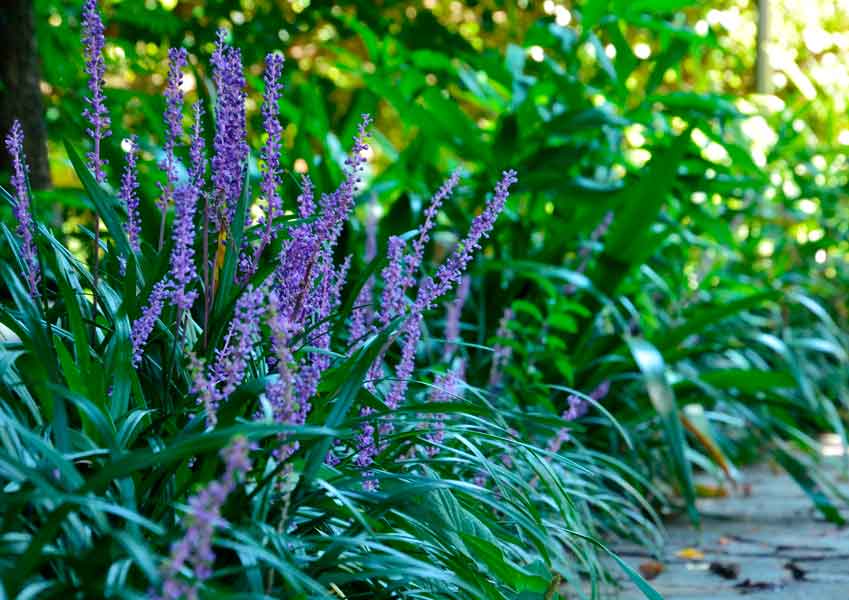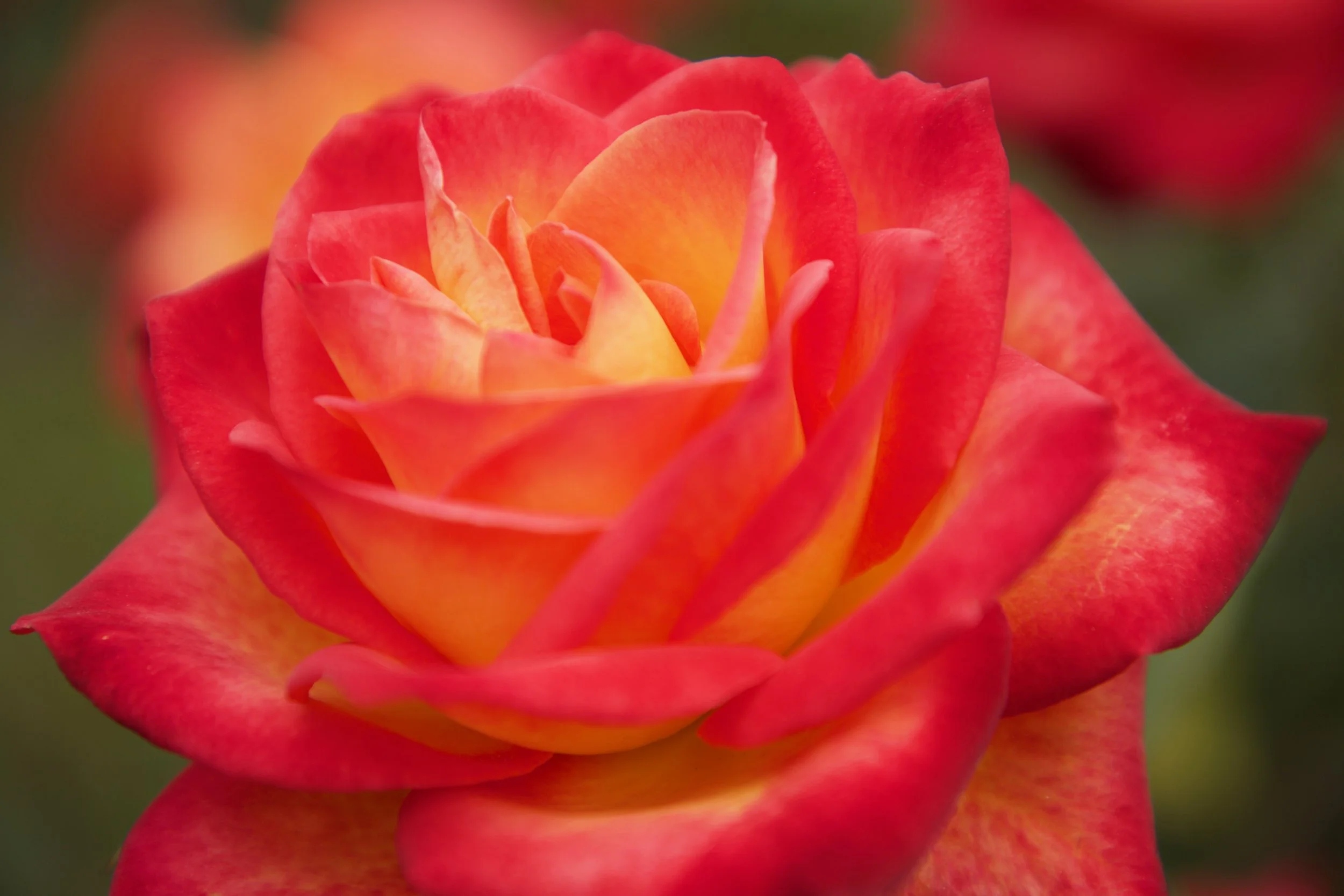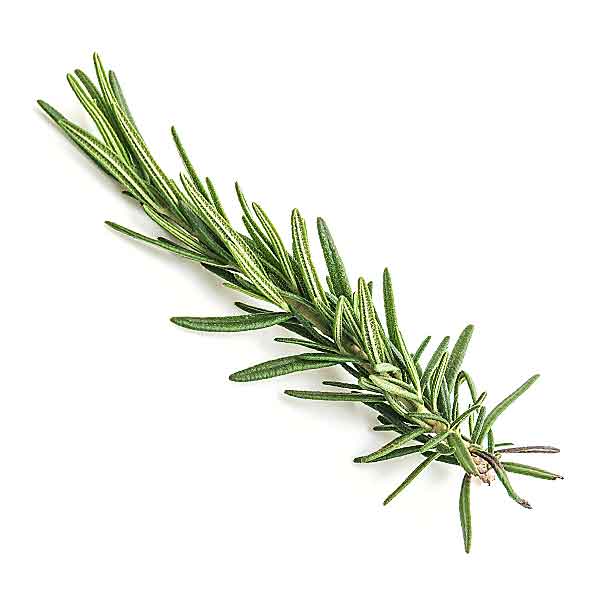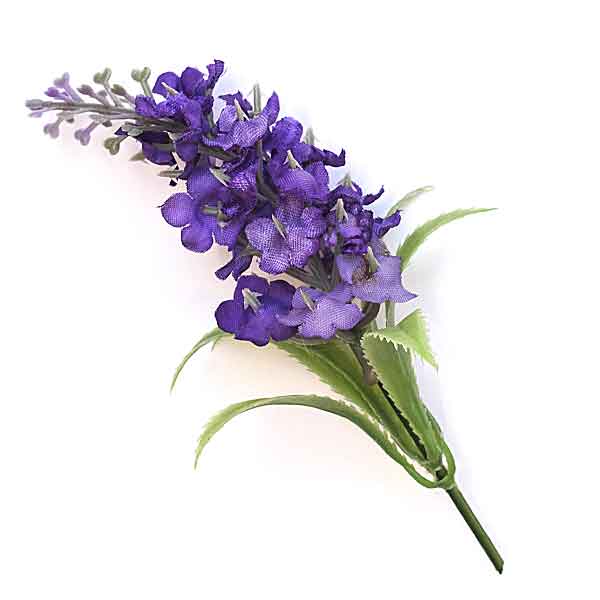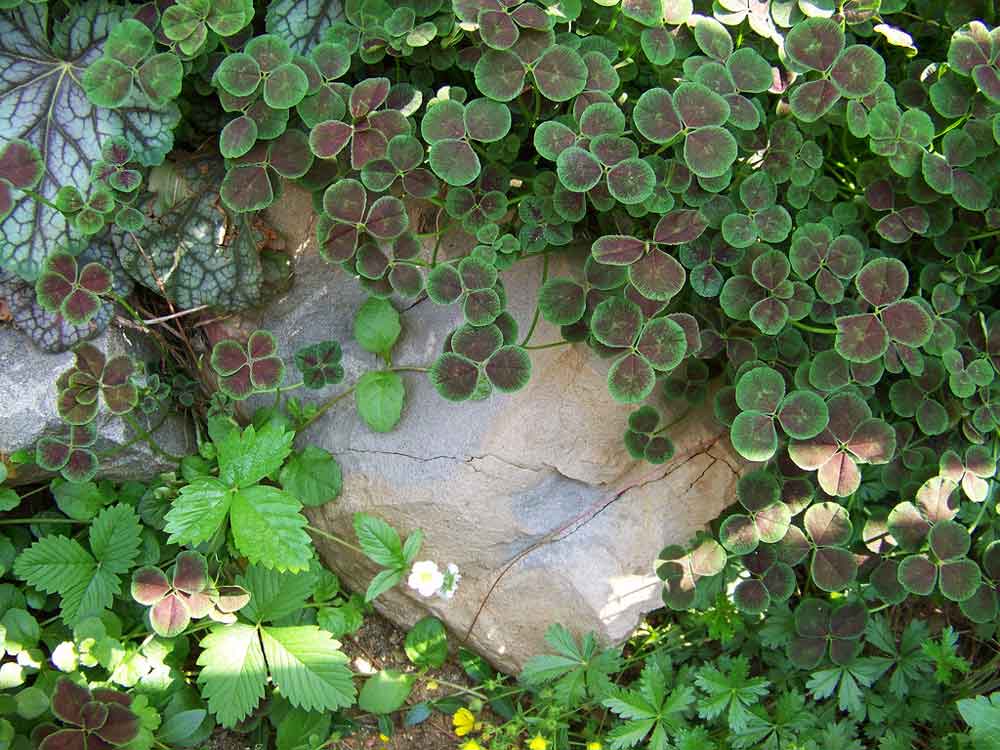Sprawling lawns and cottage gardens are something that many Kiwis aspire to have. But with postage stamp sections and concrete jungle apartments more of a reality, it can be hard to achieve that ‘slice of paradise’ vibe you’d always thought you’d have.
It might be a challenge to welcome nature into your humble abode, but it’s not impossible. Read on to learn about some fresh garden ideas for urban living.
Vertical Gardens
You may not have a lot of space to grow plants outwards, but what about all that spare space in the sky? There’s no reason why you can’t look at options around vertical gardens. A vertical garden is like turning your walls into living art. You can buy or build vertical planters that you can then use for flowers, herbs, and vegetables.
The beauty of such a garden is that not only does it take up minimal space, but it’s something you can have inside or outside. Companies are continually coming up with different trellis-style planters that allow you to produce fruit and vegetables year-round – yard or no yard.
Furniture Terrariums
The median floor area of a multi-unit home in New Zealand was around 100 square metres in 2019. That might give you plenty of space for the essentials like lounge suites and beds, but not so much for “non-essentials” like gardens.
While you may not be able to fill your weekends up with lawn mowing and hedge trimming, you can experience plant life in your home. You just have to get creative. One way to do that is with a piece of furniture that acts as a terrarium at the same time.
A coffee table, for example, can have a beautiful succulent garden underneath the top but still remain as a functional piece of furniture.
Wall Planters
The only thing you used to be able to put on your walls was art. Now, however, the sky’s the limit. You can now buy unique wall planters that have one flat side to sit flush against your wall but can be filled with your favourite plants.
Sure, you might not have lawns or gardens for planting seasonal produce, but you can take advantage of free wall space for a few of your favourite flowers and herbs.
Plant Walls
An obvious way to bring plants into your home is with pots. But a boring pot positioned at various intervals around your home doesn’t exactly scream “home décor.” We’ll tell you what does, though, and that’s plant walls.
There is something desirable about adding definition to areas in your home, and plant walls can help with that. You can set them at the heights you want, add your favourite plants, and watch as they thrive. Why buy a folding partition wall when you can have one that grows instead?
Windowsill Planters
You might not have the ground space for your favourite cooking herbs, but what about in the kitchen? Windowsill planters take up minimal space, but they add a burst of colour to any kitchen. What’s more, they are perfect home additions for growing those essential cooking herbs.
Balcony Gardens
Many apartments have small balcony areas, and it’s up to you to decide how to use yours to its full potential. Such an area is normally excellent for patio furniture, but what about plants? Think about how much sunshine your balcony gets, then decide accordingly what kind of plants you’d want to put in that space.
You can consider adding pots – big and small – to the space or installing small planter boxes. This area may even have the potential for hanging planters and vertical gardens, too.
Many delicious vegetables only require a small amount of sunshine. If you know your balcony doesn’t get a lot of sun, plant lettuce, spinach, kale, cabbage, broccoli, and cauliflower. For sun-drenched balconies, plants that can thrive include tomatoes, peppers, and cucumbers.
Gardens for All
It’s true, only those with yard space get to enjoy generous entertainment areas and large, sprawling lawns. But even if you live in an apartment or a property without a yard, that doesn’t mean you can’t enjoy a garden of your own. It just looks a little different.
From vertical gardens and furniture terrariums to wall planters and herb gardens in your kitchen, the sky’s the limit. Welcome greenery into your home without feeling like you need to have a huge yard to do so.
























